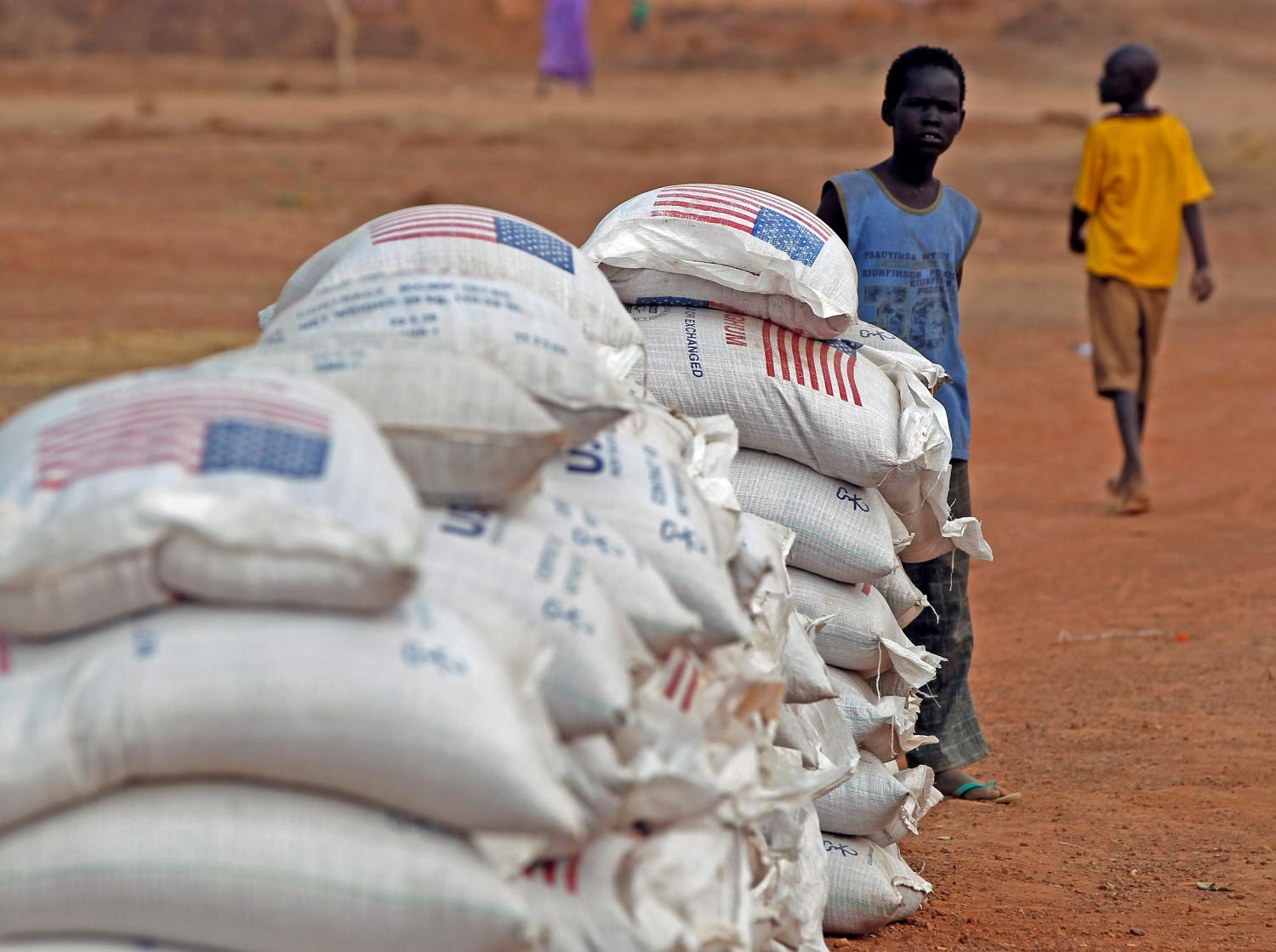Editor’s Note: This paper from the Overseas Development Institute aims to stimulate debate on the future of the international development architecture and explores how far some of today’s major development agencies are likely to be exposed to the resulting pressures to change.
Report Summary
The global economic landscape has evolved dramatically since 2000: developing and emerging economies have been driving global growth, new sources of development finance have mushroomed and the diversification of actors, instruments and delivery mechanisms has continued. Transformations in the poverty map and new forces on the supply side of development finance are challenging the international development architecture. This paper aims to stimulate debate on the future of this architecture.
The authors project that, by 2025, the locus of global poverty will overwhelmingly be in fragile, mainly low-income and African, states, contrary to current policy preoccupations with the transitory phenomenon of poverty concentration in middle-income countries. Moreover, a smaller share of industrialised country income than ever before will potentially close the remaining global poverty gap, although direct income transfers are not yet feasible in many fragile country contexts.
Against this backdrop, new institutions, business models and practices are challenging long-established ‘aid industry’ actors. Agencies providing development finance for improved social welfare, for mutual self-interest in growth and trade and for the provision of global public goods will find that, in each area, disruptors to their programmes may force a change in positioning.
The paper focuses on one such disruptor for each of these three complementary rationales for development cooperation. The key disruptor we discuss in the first area is high-impact philanthropy and non-governmental giving channels; in the second, South–South cooperation combining trade and finance, and blended public–private funding in general; and in the third, the power of climate change finance, particularly its quite different country and project allocation logic.
From this analysis, this paper explores how far some of today’s major development agencies are likely to be exposed to the resulting pressures to change course, emulate the disruptors or face irrelevance.
The authors construct an index of vulnerability, presented in a traffic-light ranking, based on recent shares of each agency’s operations going to, first, middle-income and low poverty gap countries and, second, purposes linked respectively to social welfare, growth and global public goods, with appropriate weights.
These assessments are offered not as predictions but as possible stress test tools for further, context-specific analysis. The paper ends with questions for further research.





